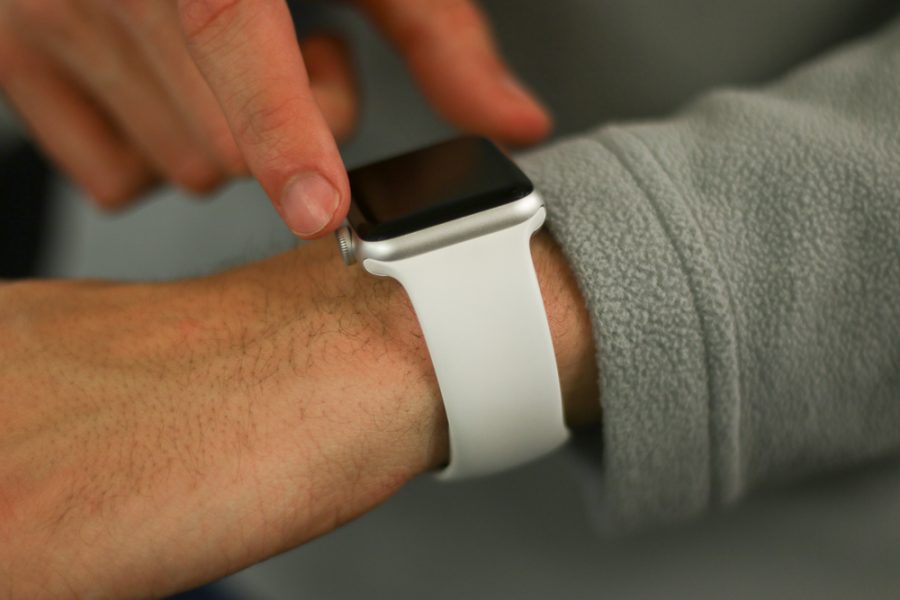University professor sees future dependence on wearable technology
Oct 20, 2017
With new gadgets like Fitbits and smartwatches, wearable technology’s presence in society is on the rise.
Melissa Littlefield, professor of English, kinesiology and community health at the University, understands the importance of neuroscience. The goal of her research is to bring the hard sciences, social sciences and humanities into a conversation about neuroscientific advancements. Lately, her focus has been on EEG wearable technology.
She recently finished writing a book, “Instrumental Intimacy: EEG Wearables and Neuroscientific Control,” in which she discusses society’s obsession with this new technology, and its promises and drawbacks.
In 2009, she and her team were selected as the winner of the European Neuroscience and Society Network’s novel experimental contest for conducting an fMRI experiment on socially stressful truth-telling.
In her book, Littlefield discusses how wearables only gives people certain information about the brain.
Get The Daily Illini in your inbox!
“(EEG wearables) purport to measure and help us modify our brain’s electrical activity, but many of these wearables are single-channel devices that cannot collect rich data about the electrical activity in the brain,” Littlefield said in an email.
Electroencephalography, or EEG, wearables measure, track and optimize physiological function by detecting brain waves. New research shows that the electrodes used to detect the brain waves in EEG wearables may not be as efficient as one would hope.
There are a small number of electrodes in EEG wearables, which makes it harder for them to distinguish between brain activity and other activity, such as muscle movement. The solution to this problem is to obtain a large amount of data to differentiate brain activity from other activities.
Littlefield said it is important to remember that EEG wearables helped create a market for the measurements they provide.
“We can remember a world before Fitbits, right? We still walked and worked out; what’s new is that we have another way to understand, measure, analyze and think about the data we are producing,” Littlefield said. “Wearables appear to grant us access to bodily signals and data that may otherwise be unavailable to us. This means we can ostensibly track ourselves in new ways that could reveal some interesting data about us as individuals and collectives.”
Littlefield said this technology can possibly extend into different areas of life in the future, including sleep, urban planning, relationships and more.
“What may be more interesting (about EEG wearables) are our hopes and dreams about what the technology can do for us: that we will be able to more directly and concretely control our brains by training the electrical signals into obedience.”
Littlefield said she sees a future with a possible increasing market in EEG wearables and more normalization and integration of the technology in daily life.
“We may become more and more dependent on these technologies to help us understand ourselves and make sense of the world around us,” Littlefield said. “This is not necessarily negative or positive, but it will have consequences for how we understand ideas like optimization, sub-optimization and normalcy, among many other things.”






